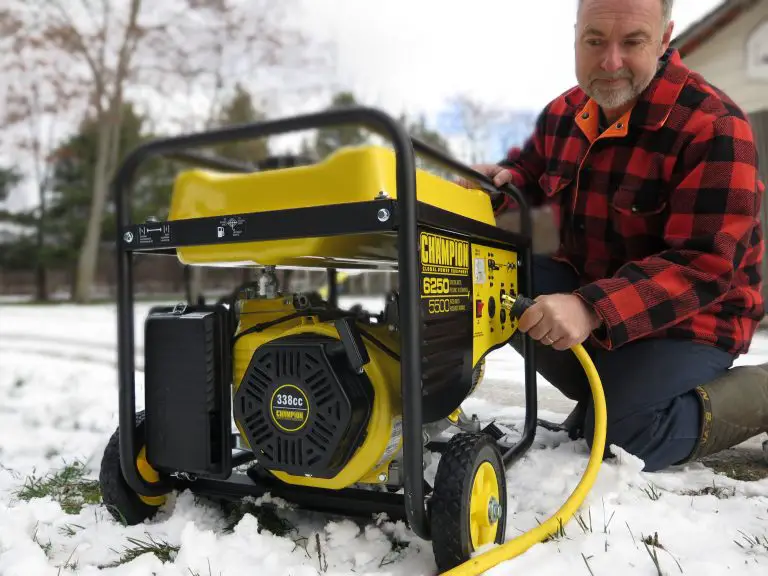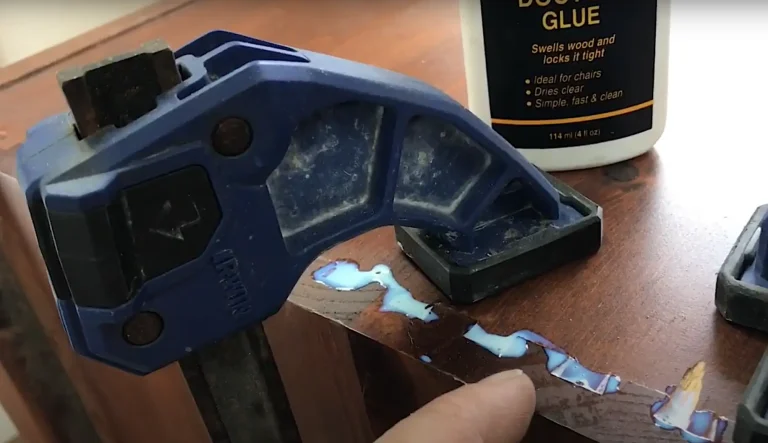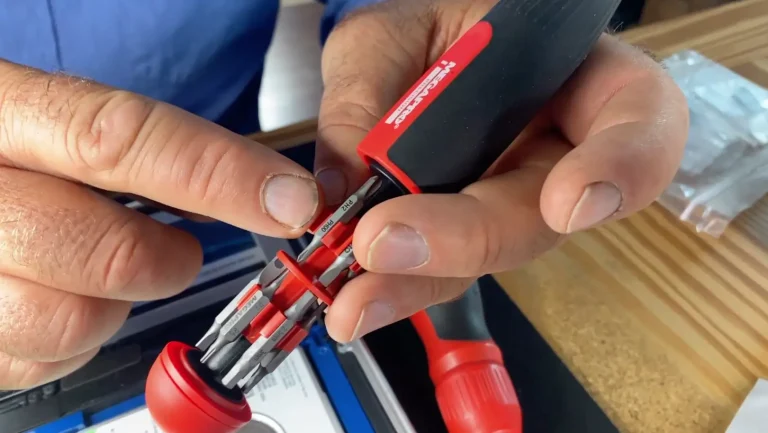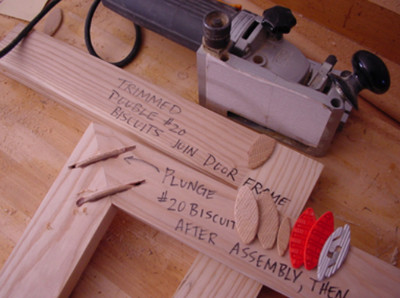Creating a Smooth Wood Finish
Q: What should I use to polish interior woodwork I’m finishing so it’s really smooth? I’ve watched your YouTube video on wood finishing and found it really helpful. The only thing I don’t know is where to get the 3M rubbing pads you recommend.
 A: Rubbing down a wood finish as a final step is key to astonishingly smooth results on furniture and all interior woodwork, and my instructional video shows the complete wood finishing method I’ve developed over the last couple of decades. The hidden key to success that most people miss is using the right kind of buffing pad for the final rub down work. 3M makes a family of products called “rubbing pads” and there are many different grades and types. The only two you need for finishing wood is the fine and super-fine grades. Rubbing down a final finish with the fine creates a non-shiny matte finish. Continued rubbing with the super-fine pad creates a glossy result. I buy my 3M rubbing pads from Lee Valley Tools (www.leevalley.com; 800.267.8767). Search for 3M rubbing pads on their site and you’ll find them.
A: Rubbing down a wood finish as a final step is key to astonishingly smooth results on furniture and all interior woodwork, and my instructional video shows the complete wood finishing method I’ve developed over the last couple of decades. The hidden key to success that most people miss is using the right kind of buffing pad for the final rub down work. 3M makes a family of products called “rubbing pads” and there are many different grades and types. The only two you need for finishing wood is the fine and super-fine grades. Rubbing down a final finish with the fine creates a non-shiny matte finish. Continued rubbing with the super-fine pad creates a glossy result. I buy my 3M rubbing pads from Lee Valley Tools (www.leevalley.com; 800.267.8767). Search for 3M rubbing pads on their site and you’ll find them.
Assessing a Cabin Foundation
Q: What should I do about the foundation underneath the unfinished cabin I just bought? I’m really worried because the foundation is just piers sitting on circular pads of concrete on the ground. Is there anything I can do in the future if the cabin starts to move? Maybe I should just rip the cabin down and start from scratch?
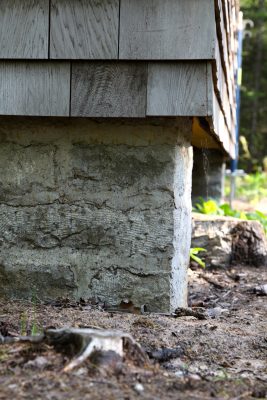 A: I definitely wouldn’t rip down your cabin, and there are two reasons why. Your foundation could last quite well as it is. Or if it does move over time, the foundation could be improved and stabilized. The only way to know for sure is to wait and see. Seasonal movement of shallow foundations from frost is entirely dependent on how well the soil underneath the foundation drains. I know one house in particular that’s 100 years old and it hasn’t moved at all even though it has a surface foundation in a cold, Canadian climate. This place is built on sandy soil that doesn’t hold water. No water, no seasonal frost movement. If your cabin does move, shore up the existing foundation in a permanent way. You may need to dig down below the frost line and make some concrete or stone pillars to make this happen, or if seasonal movement is very small, simply jack up and shim your cabin back into a level orientation every 4 or 5 years.
A: I definitely wouldn’t rip down your cabin, and there are two reasons why. Your foundation could last quite well as it is. Or if it does move over time, the foundation could be improved and stabilized. The only way to know for sure is to wait and see. Seasonal movement of shallow foundations from frost is entirely dependent on how well the soil underneath the foundation drains. I know one house in particular that’s 100 years old and it hasn’t moved at all even though it has a surface foundation in a cold, Canadian climate. This place is built on sandy soil that doesn’t hold water. No water, no seasonal frost movement. If your cabin does move, shore up the existing foundation in a permanent way. You may need to dig down below the frost line and make some concrete or stone pillars to make this happen, or if seasonal movement is very small, simply jack up and shim your cabin back into a level orientation every 4 or 5 years.
Installing Deck and Fence Posts
Q: Why do some deck and fence experts recommend against installing wooden posts directly into concrete in the ground? It seems like such a solid way to support outdoor structures.
A: There are two reasons it’s not a great idea to sink wooden posts into concrete. One is the promotion of rot, and the other is danger of seasonal shifting because of frost in the ground. Unless the outside surface of the hole you dig is very smooth and bell shaped, winter frosts can grab the concrete and push it up over time, ruining your foundation in the process. Concrete also tends to hold water around wooden posts near the surface, speeding the rot process. I’ve seen pressure-treated 6×6 posts rot away completely to nothing 15 years after installation in concrete.
A better option is to set galvanized metal post holders into concrete pier foundations, then bolt the wooden post to this holder. All this said, sometimes it’s necessary to set posts in concrete when the concrete is the only support for the post. In cases like this you can slow or even stop the rotting process near the surface by regularly spraying preservative on the wood where it meets the concrete. The active ingredient in wood preservatives these days is zinc, which is safe to use as directed.








